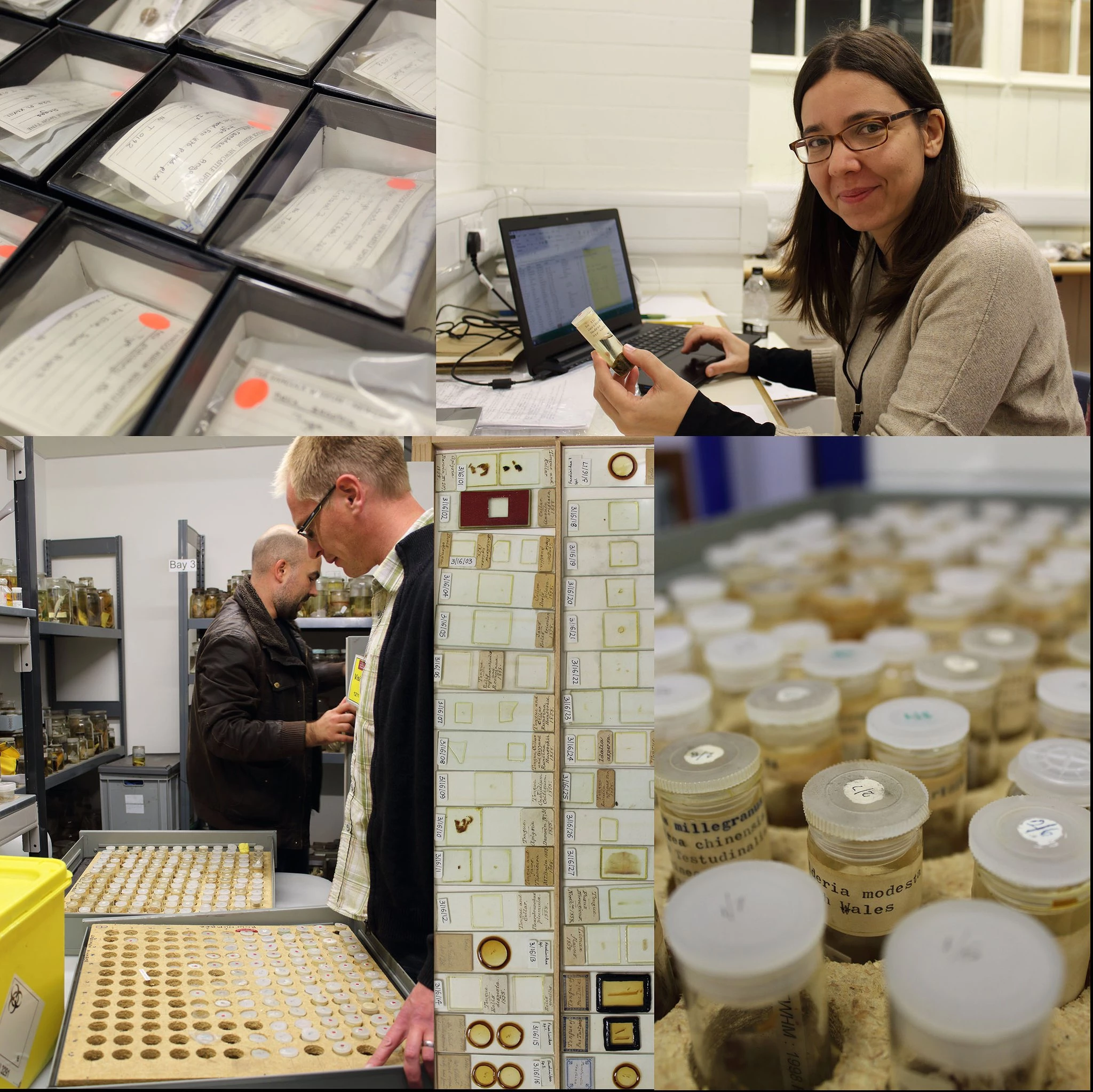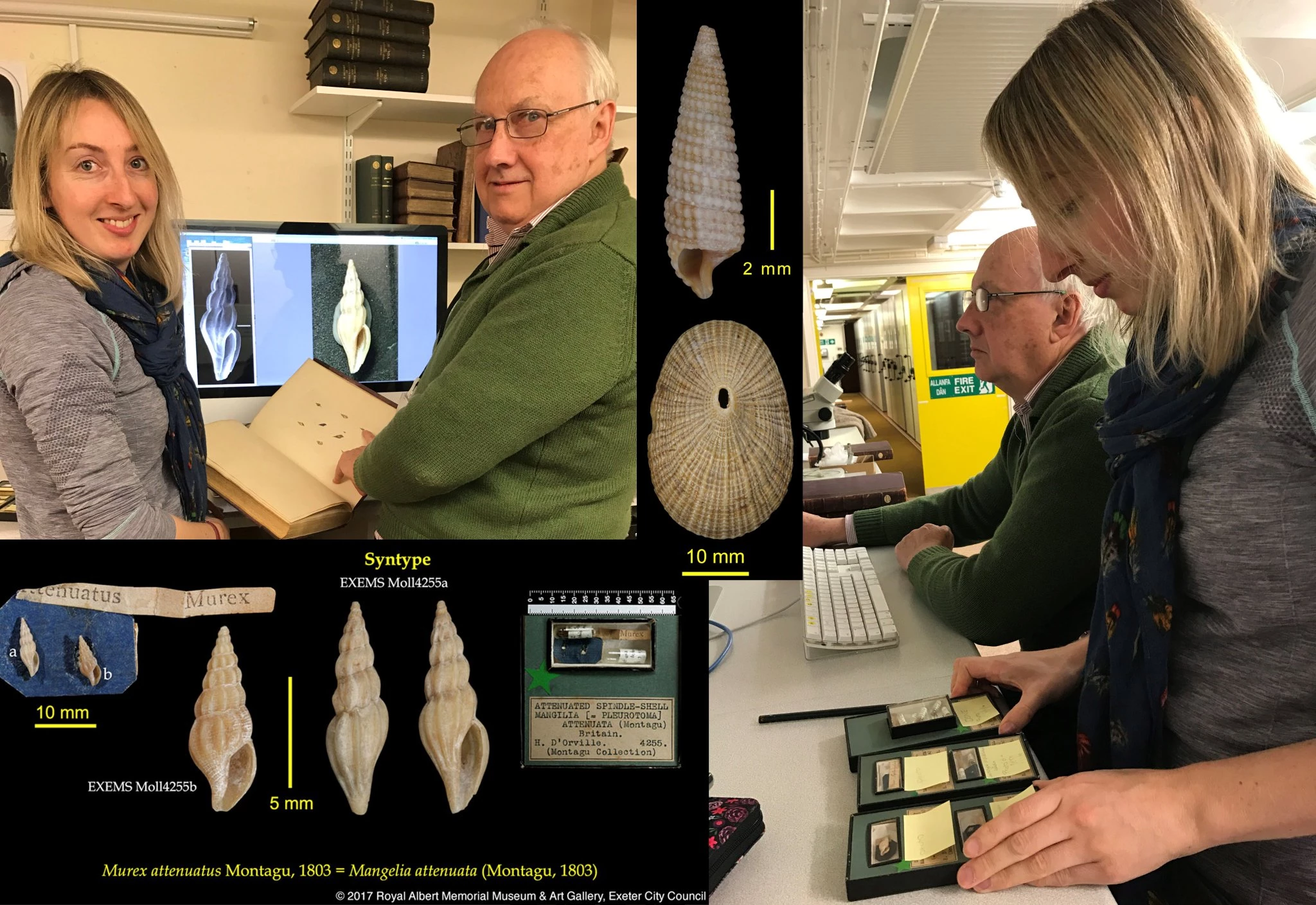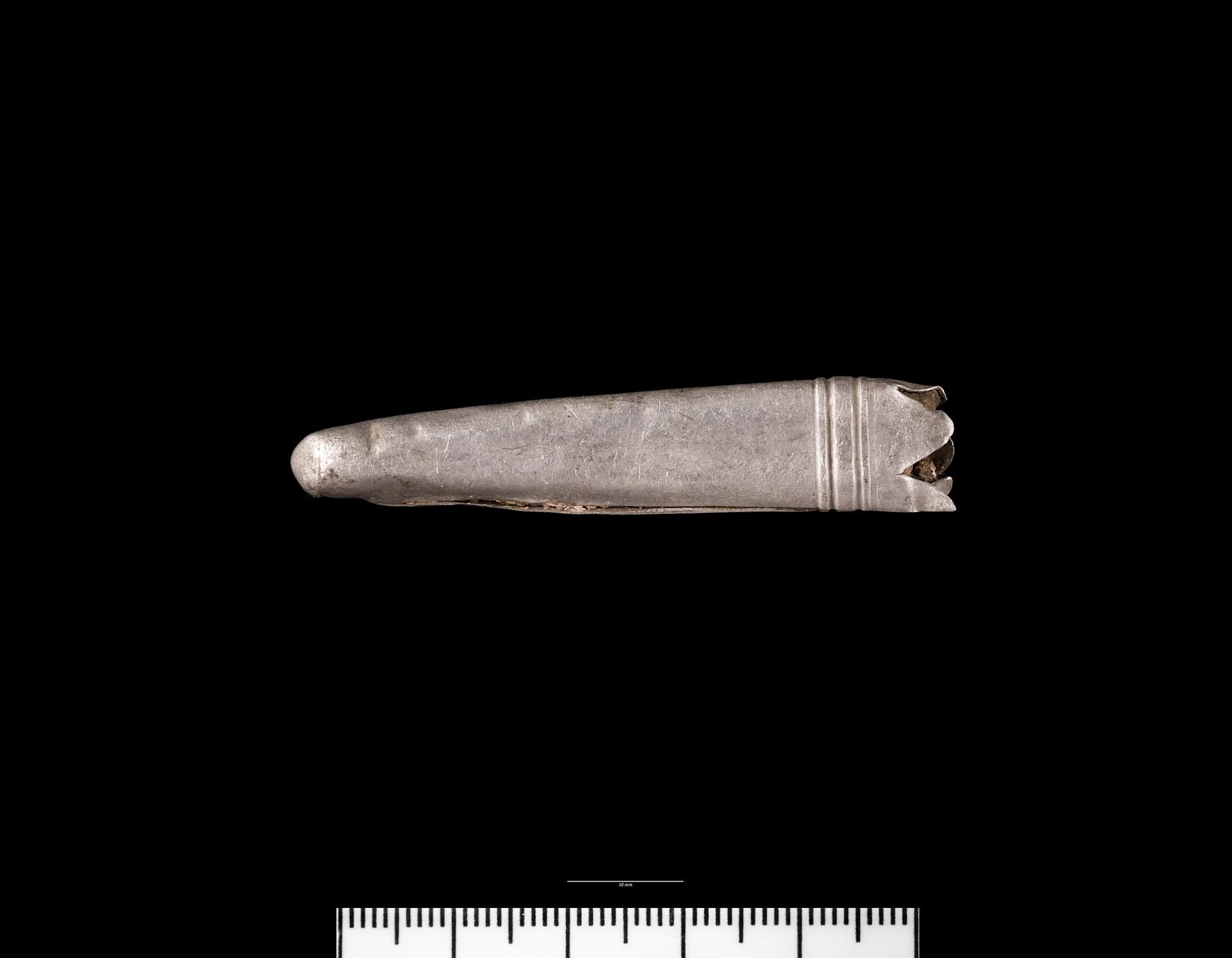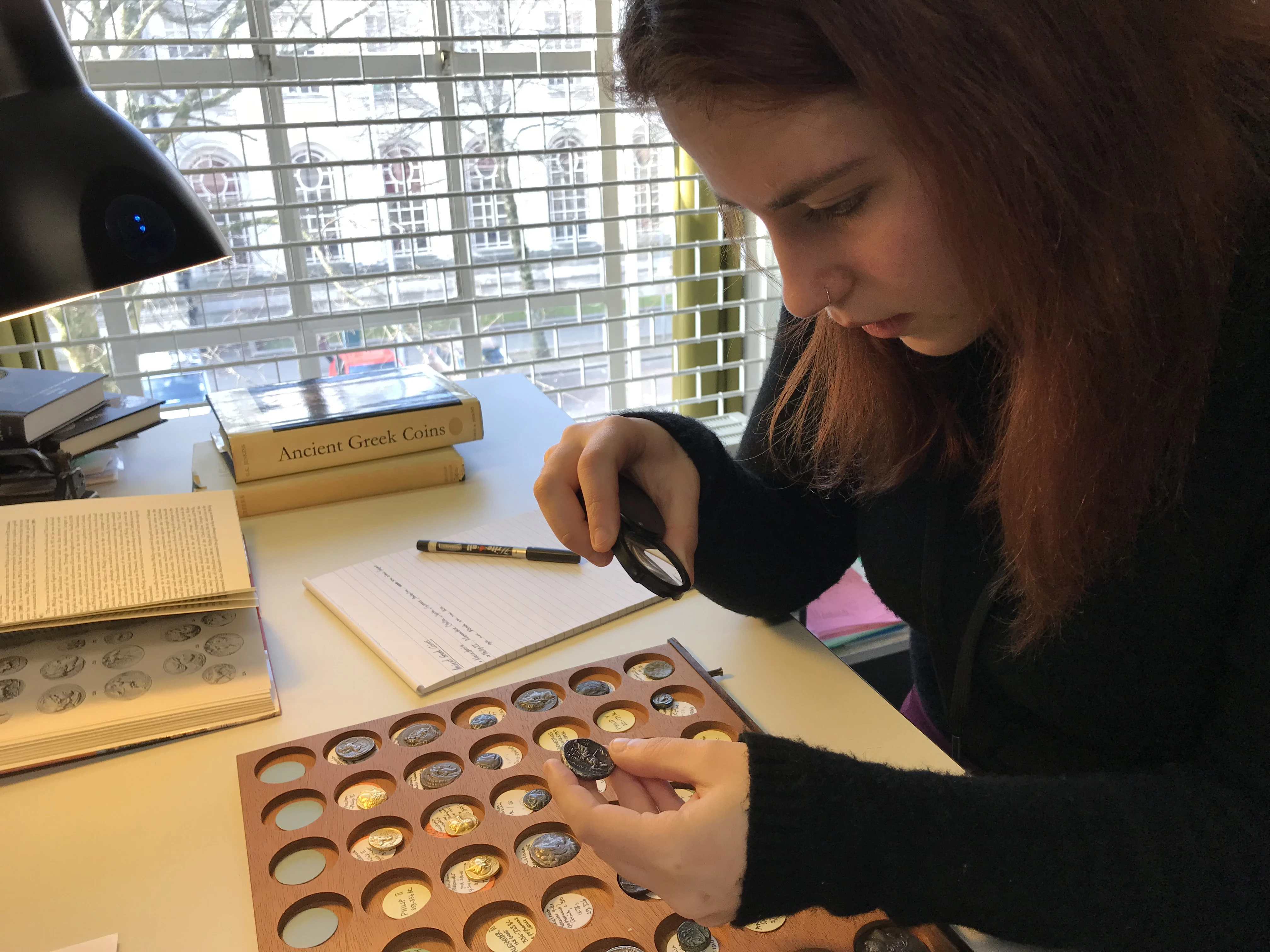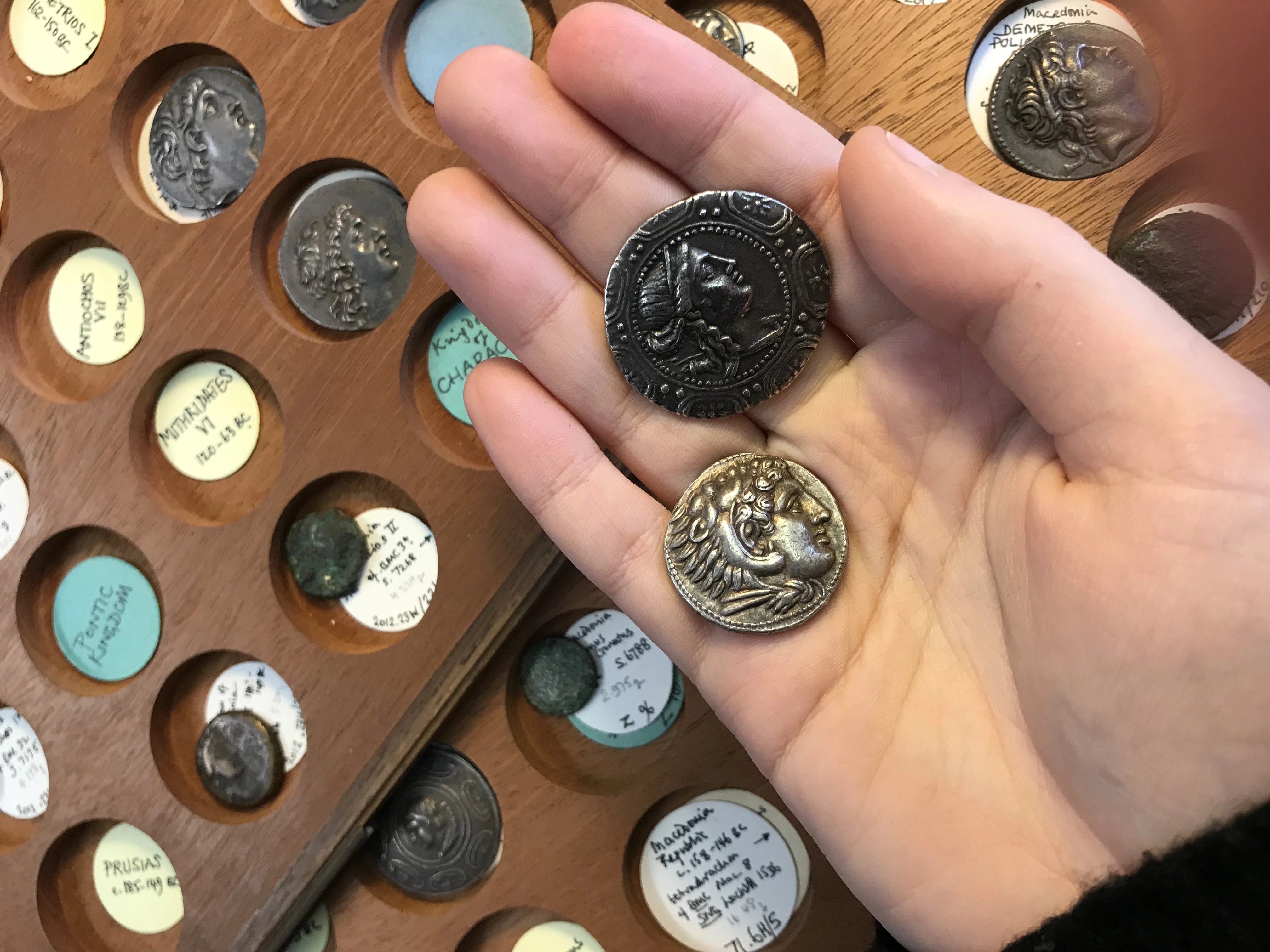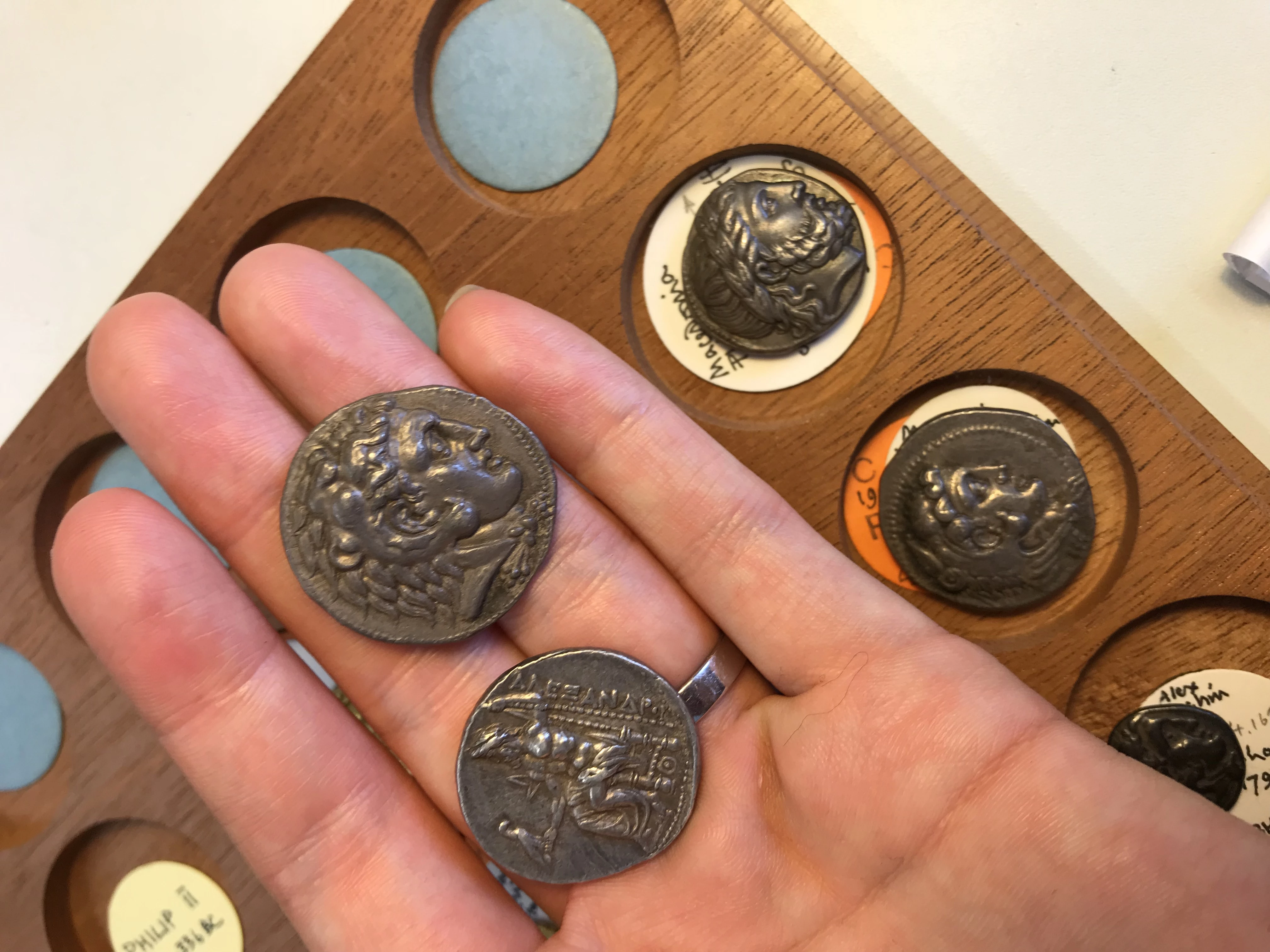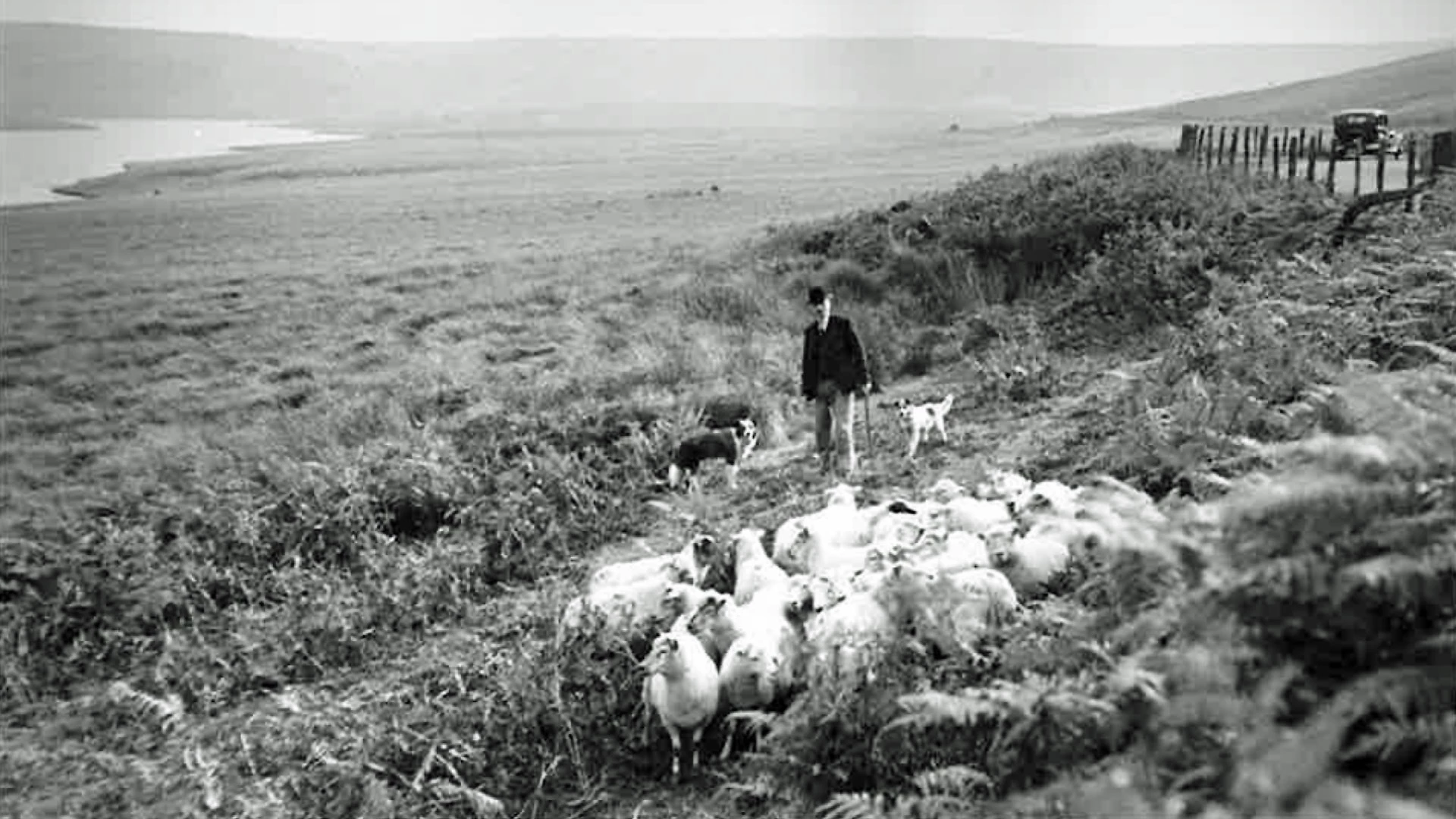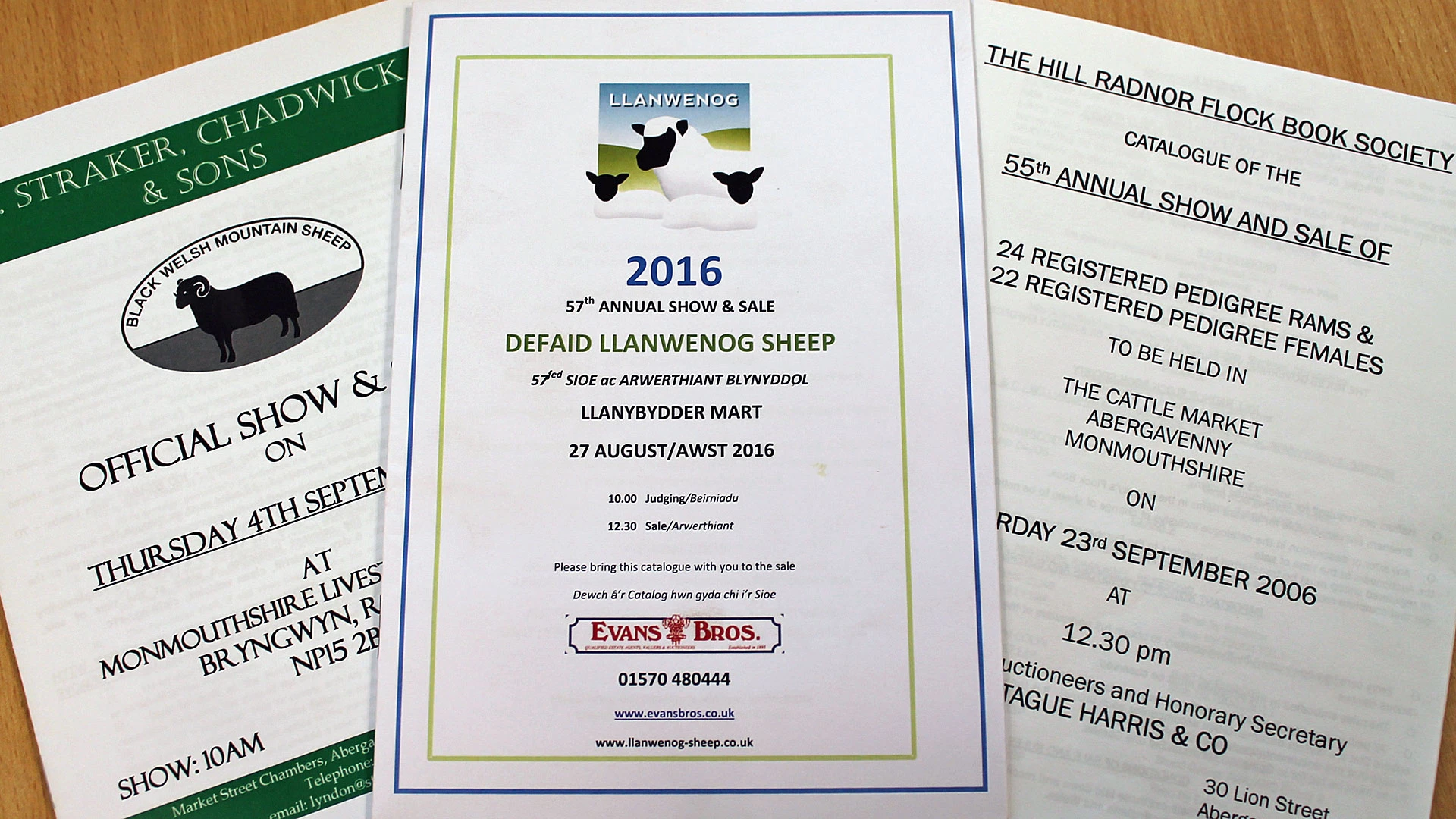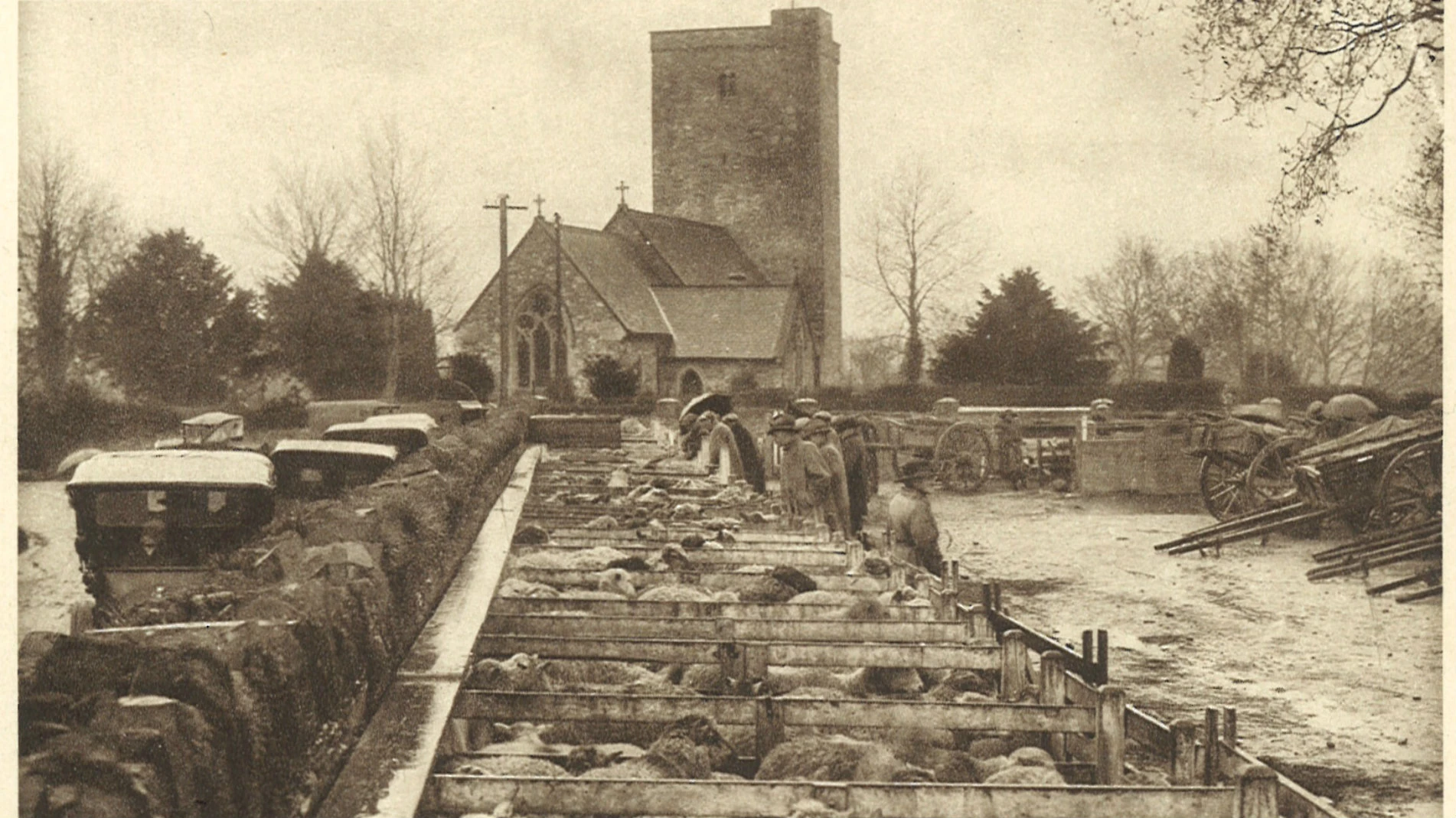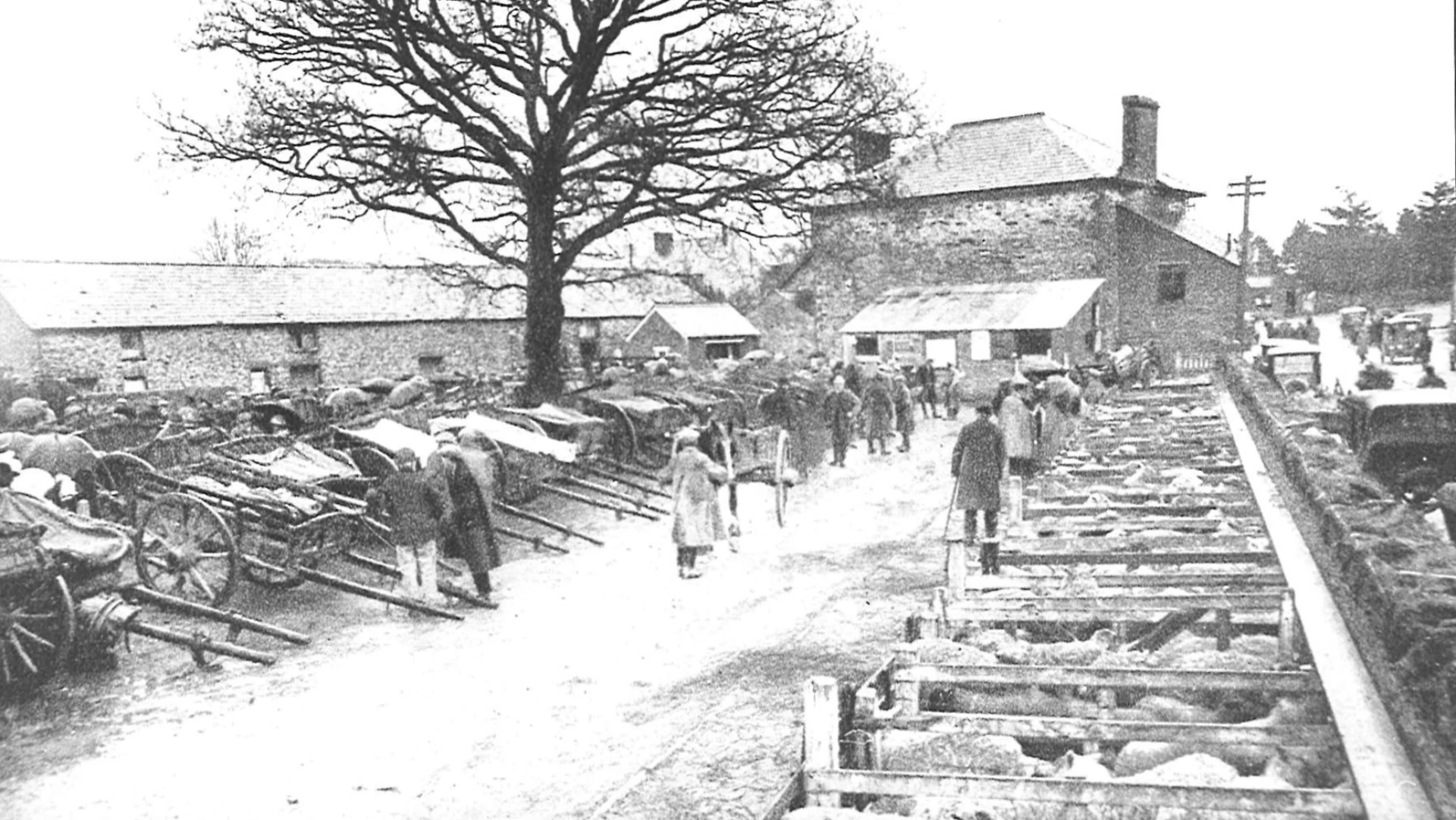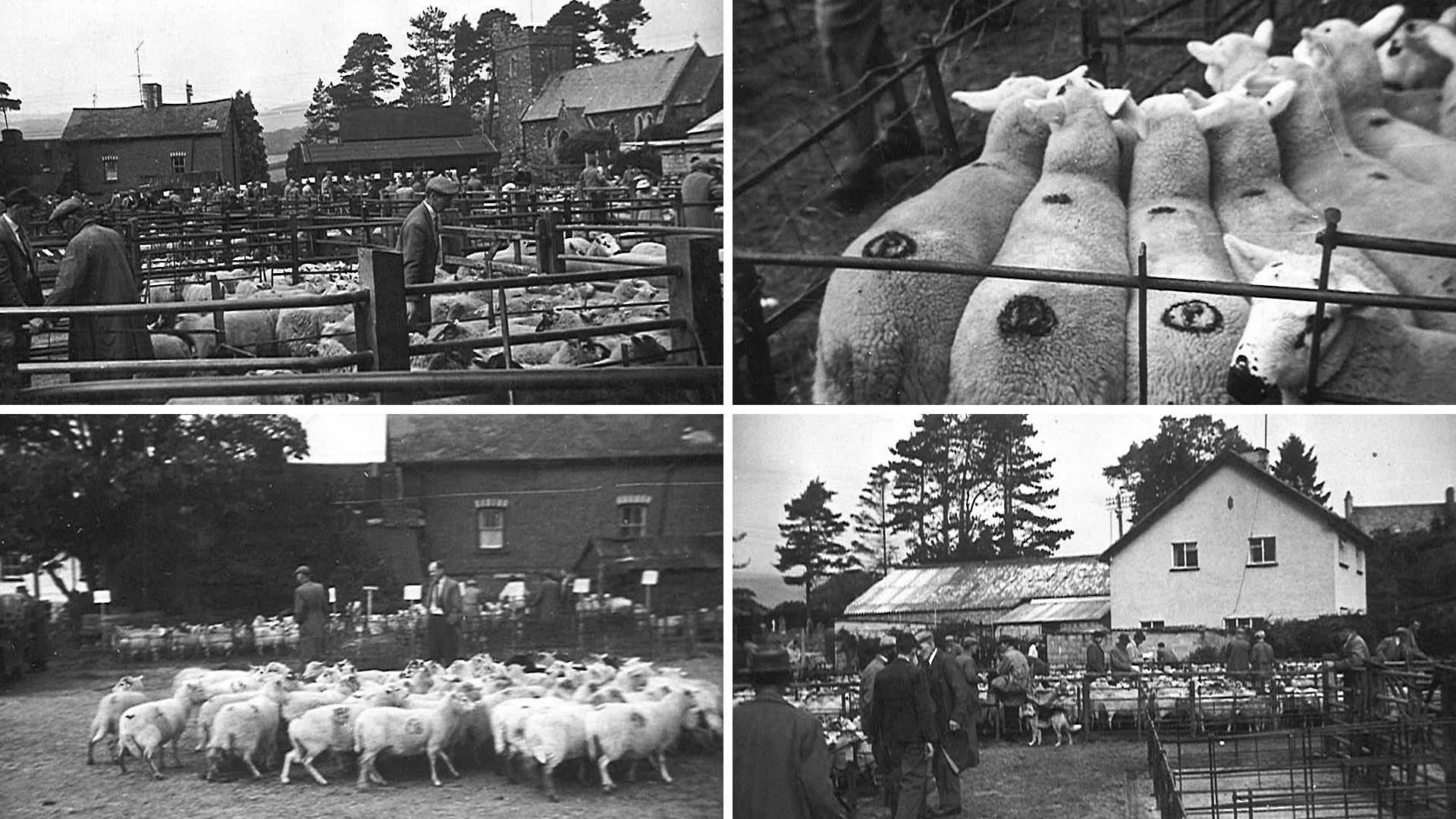Great British Mollusca Types Project
, 29 March 2018
Great British Mollusca Types Project: A union database for the UK
The GB types project began 2 years ago with 6 mollusc curators from National Museum Cardiff and Natural History Museum, London leading the way. The idea - to find, document and make available online as many mollusc types as possible in 7 Museums around the UK. The project funded by the John Ellerman Foundation (Regional Museums and Galleries Fund) worked with Glasgow Museums, Glasgow Hunterian, World Museum, Liverpool, Newcastle Museums, Leeds Museums, Machester Museum and the Royal Albert Memorial Museum. From October 2016, the process began of visiting the collections at each of the partner museums to locate known and potential mollusc type specimens. The specimens were loaned to National Museum Cardiff or the Natural History Museum for specialist photography, databasing and research. For the first time, data from these nine institutions will be recorded permanently on an internationally accessible online database: https://gbmolluscatypes.ac.uk/
Over 95 potential mollusc types were borrowed from LeedsMuseums, mostly from the extensive collection of Sylvanus C. T. Hanley. The collections contain many type figured and cited specimens of international importance.
Over 150 types were borrowed, researched and photographed from McrMuseum, many of these molluscs were named by Melvill and Standen at the end of the 19th Century.
Mollusc types in GMRCNitshill / GlasgowMuseums include 150 year-old types of Thomas Gray and Carl Westerlund. Thanks to Richard Sutcliffe, & former curator Fred Woodward for GB types work in the 1970s-1980s
Hancock, Alder and Angas collections dominate the GNM_Hancock Mollusca collections and the fluid-preserved nudibranchs proved tricky to photograph!
The mollusc collections at the hunterian are rich in historic material going back to Cook’s voyages, the Duchess of Portland and Laskey. They hold the infamous holotype of Gray’s Strombus listeri and several types of Godwin-Austen.
Over 100 of Col. George Montagu’s shell types were discovered at RAMMuseum. These as well as some found at NHM_London were presented in the following paper.
Marrat’s Olives and Nassas dominated the mollusc type material at World_Museum, easily found thanks to curator Nora McMillan who worked on the collection 1933-2000.
You can see more of the Twitter highlights following this project with the hash tag #GBMolluscaTypes or this Twitter Moment



